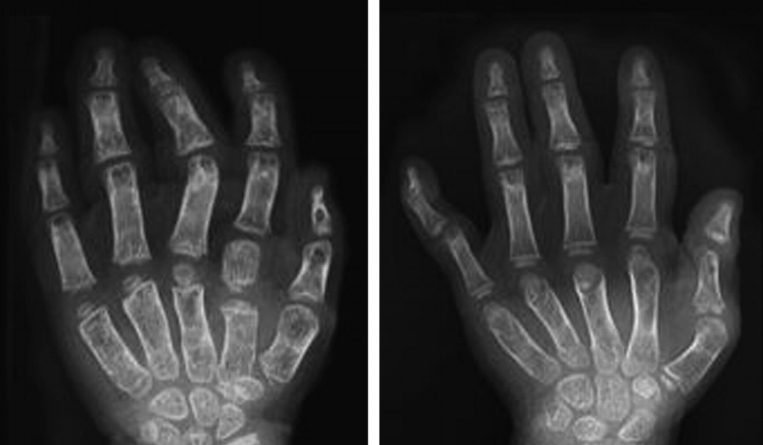# Understanding Diastrophic Dysplasia: Insights from DNA Research
## What is Diastrophic Dysplasia?
Diastrophic dysplasia (DD) is a rare genetic disorder affecting skeletal development. It leads to short stature, joint deformities, and other physical challenges. Understanding its roots can help improve diagnosis and treatment.
## The Genetic Link
Researchers have identified a specific DNA segment associated with diastrophic dysplasia. This segment contains mutations that disrupt the normal function of cartilage development. Understanding these mutations is crucial for effective interventions.
## Key Findings
Studies reveal that mutations occur in the **SLC26A2 gene**. This gene plays a vital role in sulfate transport within cartilage. When mutated, it can lead to the symptoms seen in diastrophic dysplasia.
## Implications for Diagnosis
Identifying the DNA segment linked to DD aids in precise diagnosis. Genetic testing can confirm cases quickly. This leads to better management strategies for affected individuals.
## Advances in Treatment
With a clearer understanding of the genetic basis, researchers are exploring targeted therapies. Potential treatments may include gene therapy, aimed at correcting the underlying mutations. Ongoing research holds promise for those affected.
## The Future of Research
Further studies are essential. Researchers aim to uncover the full impact of the identified DNA segment. Future findings may lead to innovative treatments and improved quality of life for patients with diastrophic dysplasia.
## Conclusion
The link between diastrophic dysplasia and specific DNA mutations highlights the importance of genetic research. As our understanding deepens, the potential for better diagnosis and treatment increases, offering hope to those affected.

